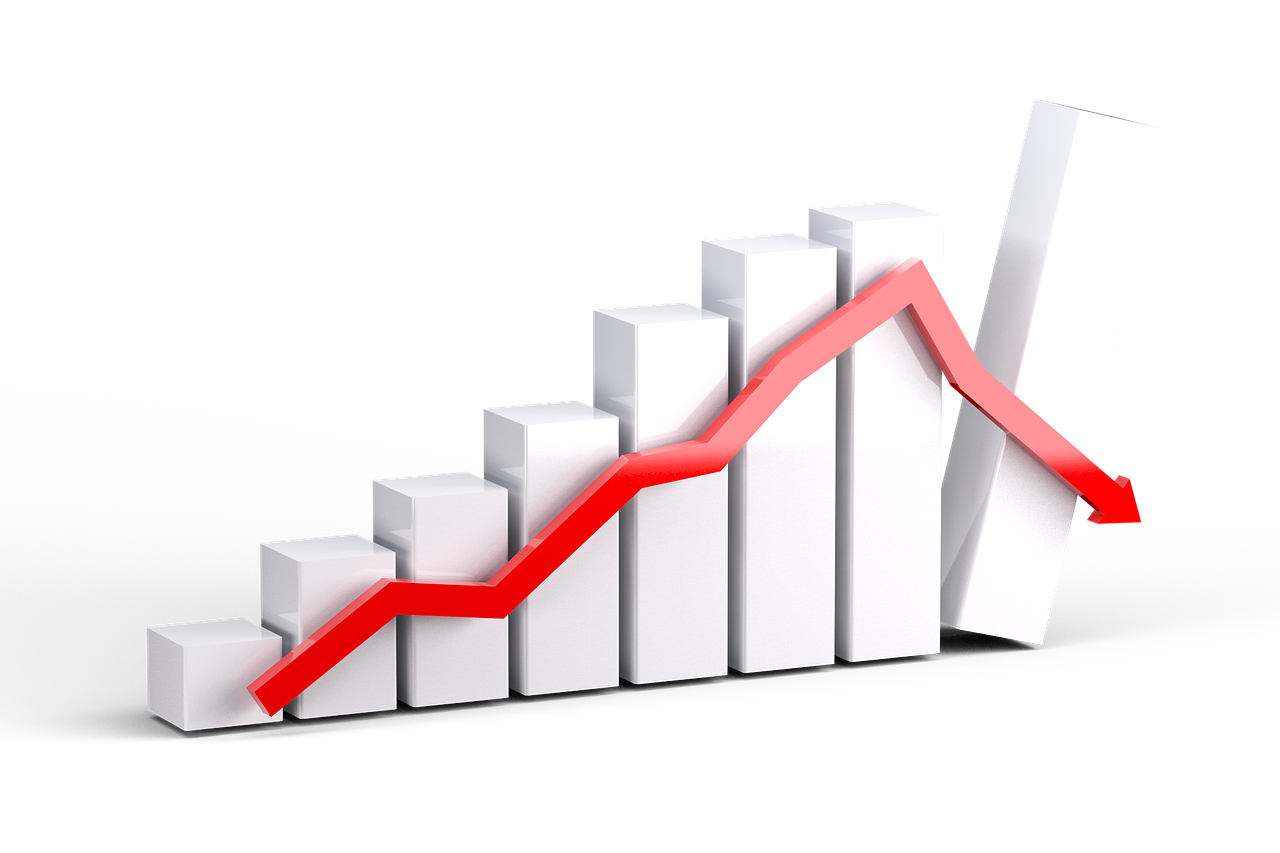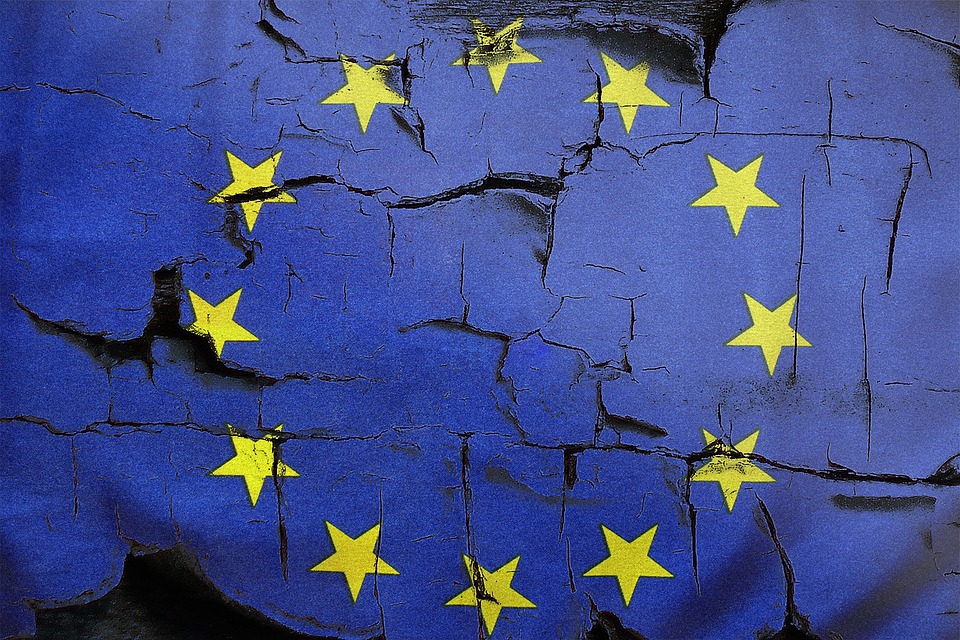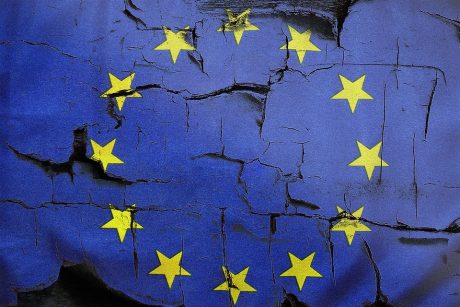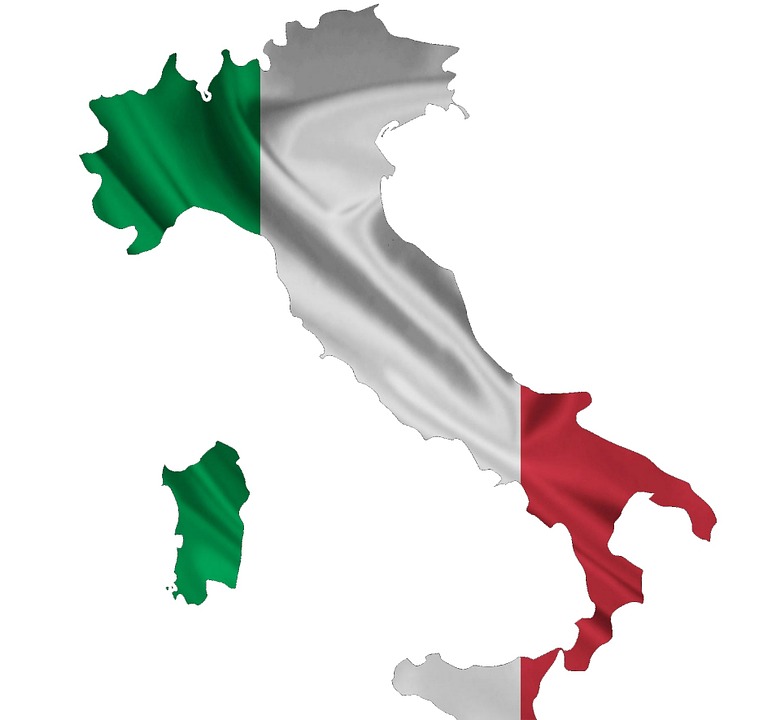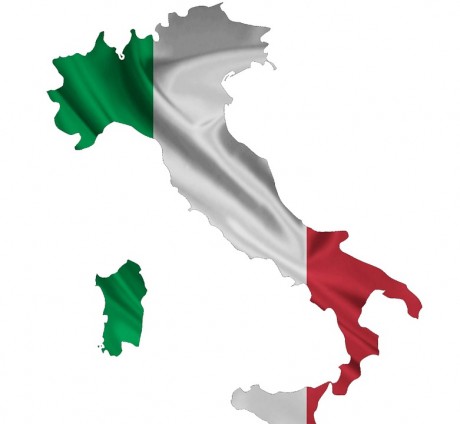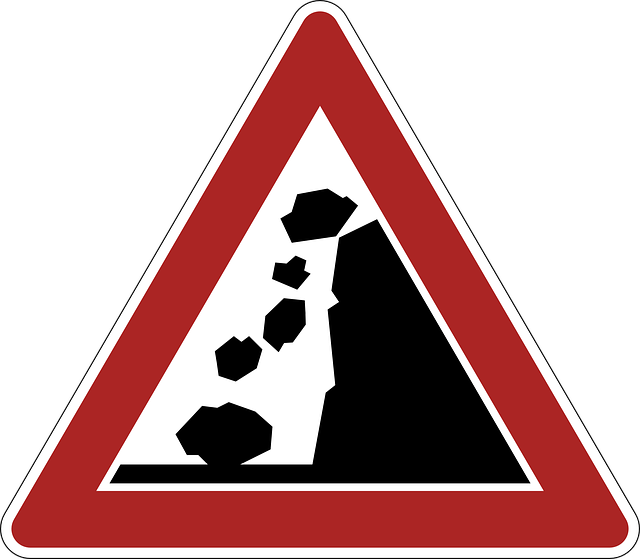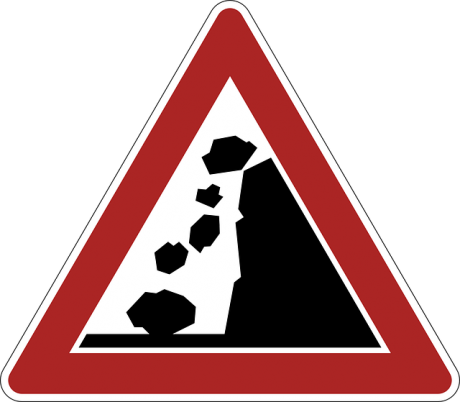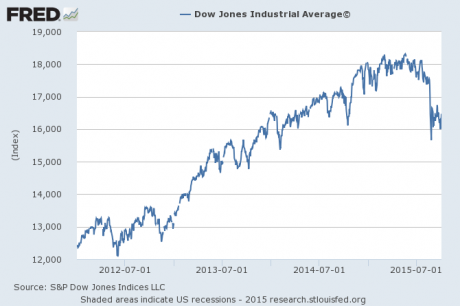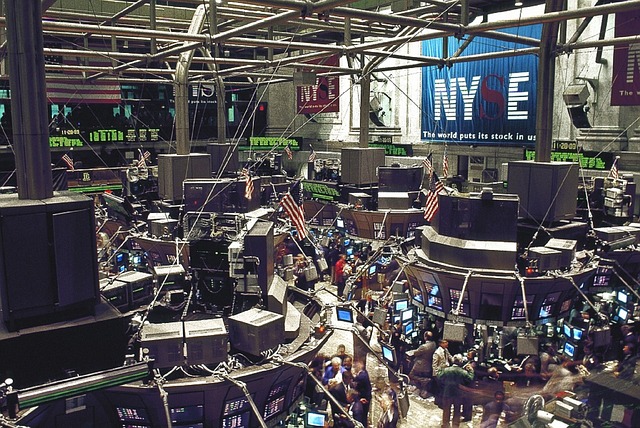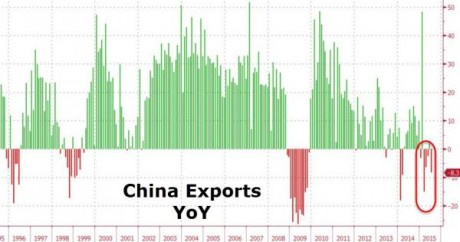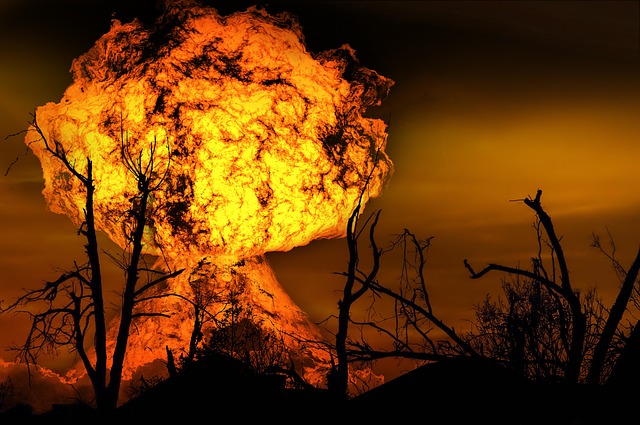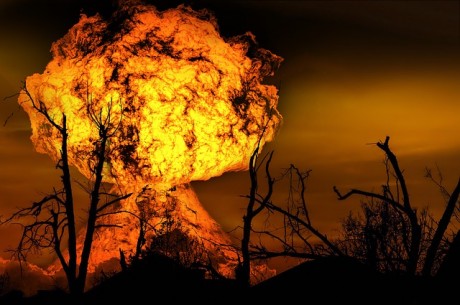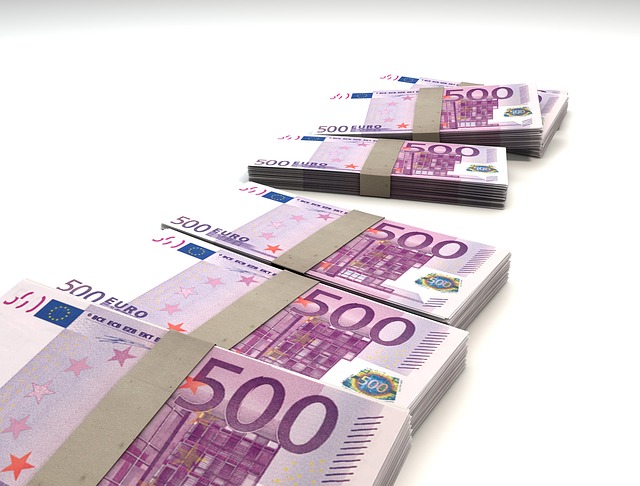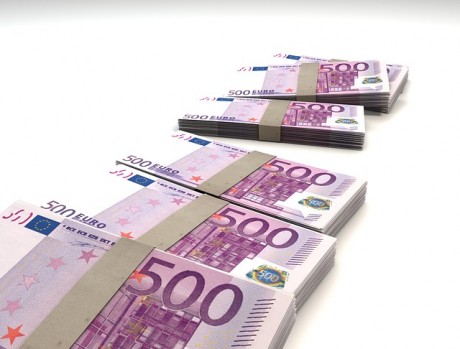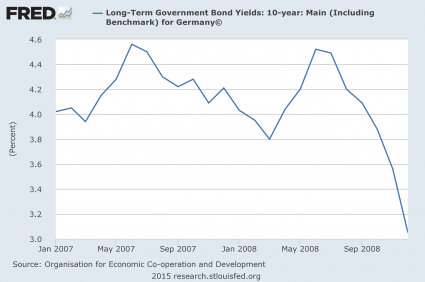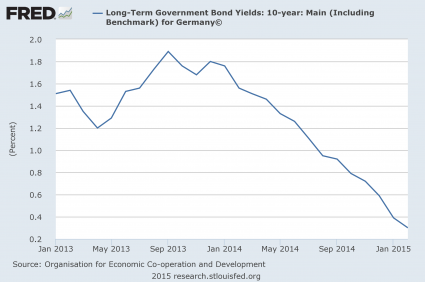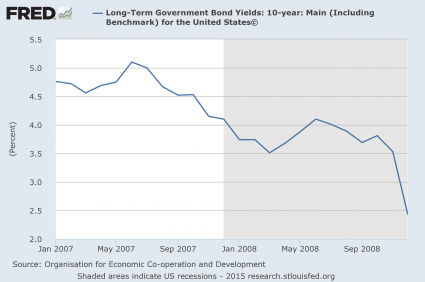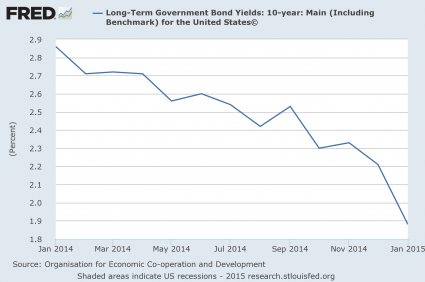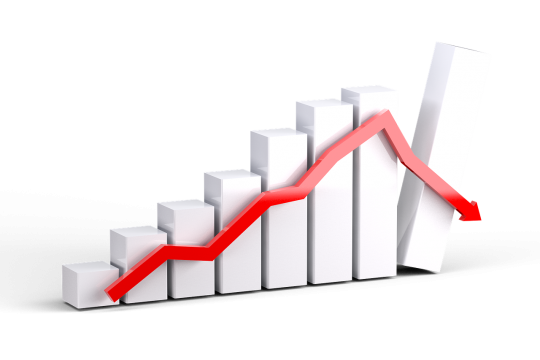 U.S. bonds have not fallen like this since Donald Trump’s stunning election victory in November 2016. Could this be a sign that big trouble is on the horizon for the stock market? It seems like bonds have been in a bull market forever, but now suddenly bond yields are spiking to alarmingly high levels. On Wednesday, the yield on 30 year U.S. bonds rose to the highest level since September 2014, the yield on 10 year U.S. bonds rose to the highest level since June 2011, and the yield on 5 year bonds rose to the highest level since October 2008. And this wasn’t just a U.S. phenomenon. We saw bond yields spike all over the developed world on Wednesday, and the mainstream media is attempting to put a happy face on things by blaming a “booming economy” for the bond crash. But the truth is not so simple. For U.S. bonds, Bill Gross says that it was a lack of foreign buyers that drove yields higher, and he says that this may only be just the beginning…
U.S. bonds have not fallen like this since Donald Trump’s stunning election victory in November 2016. Could this be a sign that big trouble is on the horizon for the stock market? It seems like bonds have been in a bull market forever, but now suddenly bond yields are spiking to alarmingly high levels. On Wednesday, the yield on 30 year U.S. bonds rose to the highest level since September 2014, the yield on 10 year U.S. bonds rose to the highest level since June 2011, and the yield on 5 year bonds rose to the highest level since October 2008. And this wasn’t just a U.S. phenomenon. We saw bond yields spike all over the developed world on Wednesday, and the mainstream media is attempting to put a happy face on things by blaming a “booming economy” for the bond crash. But the truth is not so simple. For U.S. bonds, Bill Gross says that it was a lack of foreign buyers that drove yields higher, and he says that this may only be just the beginning…
And, according to Gross, the carnage may not end here: “Lack of foreign buying at these levels likely leading to lower Treasury prices,” echoing what we said last week. And as foreign investors pull back from US paper, look for even higher yields, and an even higher dollar, which in turn risks re-inflaming the EM crisis that had mercifully quieted down in recent weeks.
I believe that Gross is right on target.
And Jeffrey Gundlach has previously warned that when yields get to this level that it would be a “game changer”…
Treasury yields soared Wednesday as economic data fostered optimism about the American economy, sending both the 10-year rate and the 30-year rate above multiyear highs, and beyond what “Bond King” Jeffrey Gundlach dubbed a “game changer.”
The DoubleLine Capital CEO wrote on Twitter in September, “Yields: On the march! 10’s above 3% again, this time without financial media concern. Watch 3.25% on 30’s. Two closes above = game changer.”
For years, it was so easy for bond traders to make money. Bond yields just kept going down, and bond prices just kept going up.
But now the paradigm appears to be completely changing, and an enormous amount of wealth is going to be wiped out.
Normally, a rotation out of bonds is good for the stock market. But when bonds move too quickly that is a sign of panic, and that kind of panic can easily spread to equities. The following comes from Zero Hedge…
As Bloomberg’s Cameron Crise notes, this yield move is entering the “danger zone” for stocks. The 30bps spike in the last 5 weeks falls into the cohort where average and median equity performance has been negative over the following five weeks. Do with that information what you will, but realize that with this kind of price action the bond market is not the equity market’s friend.
In essence, what that is saying is that when bond prices fall this dramatically it usually means that stock prices fall over the following five weeks.
From a longer-term perspective, bond yields are likely to continue to rise because the Federal Reserve seems determined to keep raising interest rates.
In fact, Fed Chairman Jerome Powell says that the low interest rates that we were enjoying during the Obama administration are “not appropriate anymore”…
Federal Reserve Chairman Jerome Powell said the central bank has a ways to go yet before it gets interest rates to where they are neither restrictive nor accommodative.
In a question and answer session Wednesday with Judy Woodruff of PBS, Powell said the Fed no longer needs the policies that were in place that pulled the economy out of the financial crisis malaise.
“The really extremely accommodative low interest rates that we needed when the economy was quite weak, we don’t need those anymore. They’re not appropriate anymore,” Powell said.
But Powell knows that every Fed tightening cycle in history has ended in either a stock market crash or a recession.
And he knows that higher interest rates will mean higher bond yields, a stronger dollar and an escalating emerging market debt crisis.
So why is he being so hawkish?
On top of everything else, higher interest rates will also mean higher rates on mortgages, auto loans, credit cards and student loans. The following comes from my good friend Mac Slavo…
As Forbes reported, when the Federal Reserve Board (The Fed) changes the rate at which banks borrow money, this typically has a ripple effect across the entire economy including equity prices, bond interest rates, consumer and business spending, inflation, and recessions. As far as the big picture goes, there is often a delay of a year or more between when interest rates are initially raised, and when they begin to have an effect on the economy. As consumers, however, we feel these increases almost immediately. Americans will begin to feel the burn in the floating rate debt they are holding. This includes credit cards, student loans, home mortgages, and equity loans because all move right along with the Fed.
This story is not going to end well.
As I have tried to explain to my readers so many times, the Federal Reserve has far, far more control over the economy than the White House does.
It is the Federal Reserve that is responsible for creating “the everything bubble”, and it is the Federal Reserve that will be responsible for ending this bubble.
And when this bubble ends, the economic pain is going to be off the charts. Hopefully the American people will be in a mood to finally shut down the Federal Reserve at that point, because that insidious organization is truly at the heart of our long-term economic and financial problems.
About the author: Michael Snyder is a nationally syndicated writer, media personality and political activist. He is publisher of The Most Important News and the author of four books including The Beginning Of The End and Living A Life That Really Matters.
The Last Days Warrior Summit is the premier online event of 2018 for Christians, Conservatives and Patriots. It is a premium-members only international event that will empower and equip you with the knowledge and tools that you need as global events begin to escalate dramatically. The speaker list includes Michael Snyder, Mike Adams, Dave Daubenmire, Ray Gano, Dr. Daniel Daves, Gary Kah, Justus Knight, Doug Krieger, Lyn Leahz, Laura Maxwell and many more. Full summit access will begin on October 25th, and if you would like to register for this unprecedented event you can do so right here.
